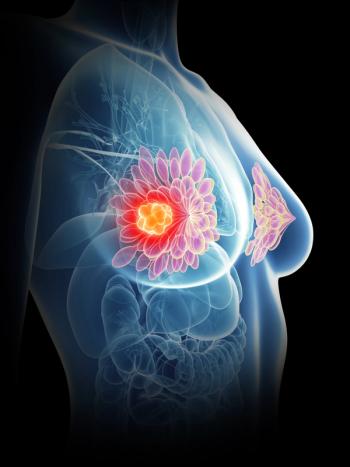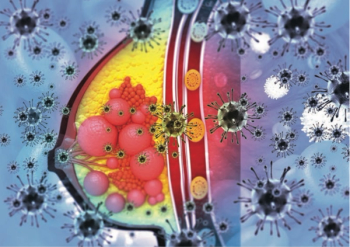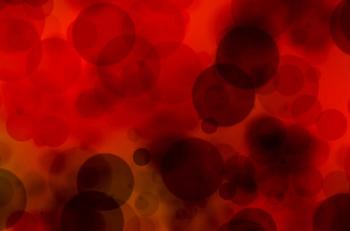
- Oncology Vol 28 No 1S
- Volume 28
- Issue 1S
(P018) Micronucleus Score in Buccal Smear of Premalignant Lesions of Oral Cancers in Smokers
Oral squamous cell carcinoma encompasses 90% of all oral malignancies. It is considered the sixth most common malignancy and is a major cause of cancer morbidity and mortality worldwide. Early detection of premalignant lesions or cancerous oral lesions would improve the survival to a greater extent.
Rijuneeta Gupta, MS, MD, Aniruddha Sarkar, MS, MD, Ashok Gupta, MS, MD, Pranab Dey, MD, Uma Nahar, MD; Department of Ear Nose and Throat, Post Graduate Institute of Medical Education and Research (PGIMER)
Introduction: Oral squamous cell carcinoma encompasses 90% of all oral malignancies. It is considered the sixth most common malignancy and is a major cause of cancer morbidity and mortality worldwide. Early detection of premalignant lesions or cancerous oral lesions would improve the survival to a greater extent.
The micronucleus (MN) is the small fragment of the nucleus situated around the periphery of the main nucleus. The number of micronucleated cells (MNCs) per 1,000 epithelial cells in oil immersion magnification (1,000 ×) is known as MN score. The MN score from buccal mucosa may be helpful in detecting premalignant lesions of the oral cavity in smokers.
Objectives: To evaluate the role of MN score in buccal smears of premalignant lesions of the oral cavity in smokers.
Materials and Methods: It was a prospective cross-sectional study including 60 patients with ages ranging from 15–70 years. They were divided into three groups. Group 1 (control) included 20 nonsmokers with lesions other than premalignant lesions, Group 2 included 20 smokers with lesions other than premalignant lesions, and Group 3 included 20 smokers with premalignant conditions of the oral cavity.
In each patient, smears were taken from the lesion with the help of sterile, clean, blunt scalpel blades. Smears were immediately seen under a fluorescent microscope, and MNCs were counted per 1,000 epithelial cells. In all patients, a biopsy was also done.
Chronic alcoholics, postradiotherapy cases, and cases exposed to any cytotoxic drug were excluded from the study.
Observations: Overall, 85% was male and 15% was female. Mean MN scores in all groups (acridine orange stain) were 0.1052, 0.2725, and 0.855, respectively. Mean scores for Groups 1, 2, and 3 in Papanicolaou staining were 0.1365, 0.395, and 1.12, respectively. Pearson’s correlation coefficient was done between smoking and MN score. Smoking was found to be positively correlated to MN score in both Papanicolaou and acridine orange smears.
Histopathological examination showed no evidence of malignancy in Groups 1 and 2. Group 3 showed histopathological evidence of leukoplakia (85%), lichen planus (5%), keratosis (5%), and papilloma (5%).
MN score was not statistically significant between Group 1 and Group 2 (P > .5). However, MN score was highly statistically significant (P < .0001) between Group 2 and Group 3 and also between Group 1 and Group 3.
Conclusions: We found a gradual increase in MN score from nonsmokers with no premalignant lesions (Group 1) to smokers with no premalignant lesions (Group 2) and smokers with premalignant lesions (Group 3). MN scoring can be used as a biomarker for screening premalignant conditions.
Articles in this issue
Newsletter
Stay up to date on recent advances in the multidisciplinary approach to cancer.

















































































